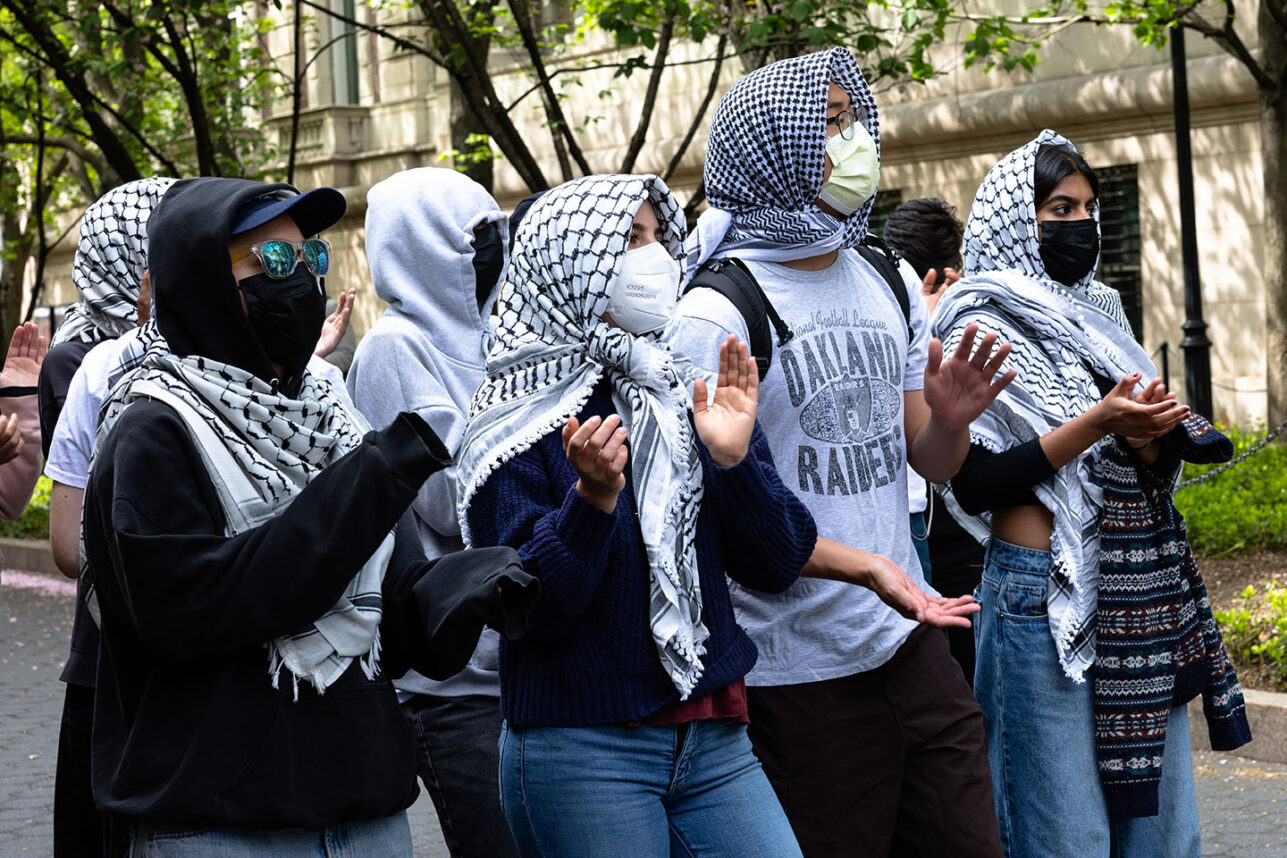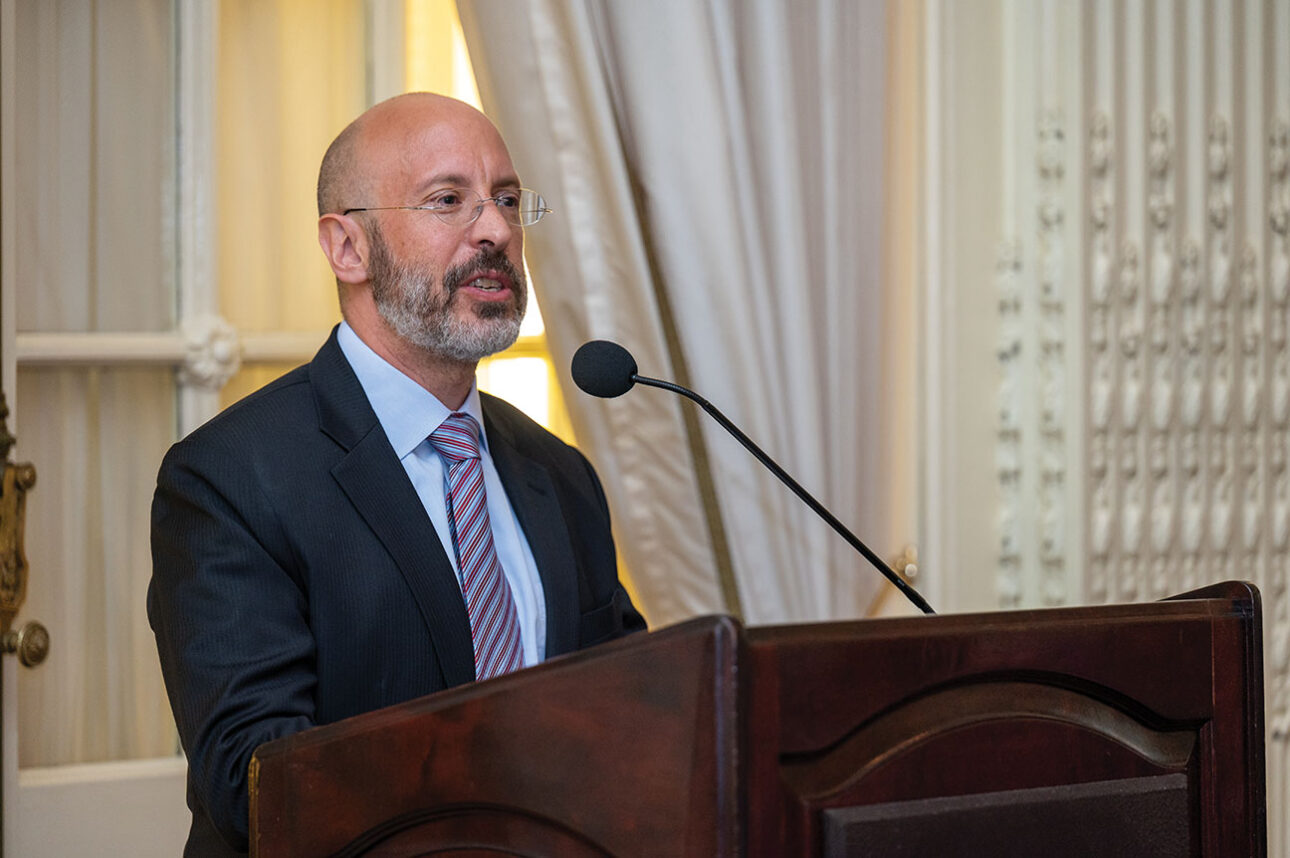Think about it. Most of the time what people say to each other points just to the surface of the intense and conflicting emotions roiling below. Writers use that fact to create tension between what the characters in a story are chattering about and what they really feel and think. When I write a eulogy, I use that psychological truth to craft one that gets at the essence of the deceased. This is even possible to aim for without ever having met him or her.
Any of us, not only officiants at funerals, may someday write a eulogy for a lost friend or family member, or for someone you had connected with through a chevra kadisha (Jewish burial society). As biographer for a day, the “plot” (not the one in the cemetery!) for your “story” arises out of the person’s entire life. You might wonder how to write such a thing. If you knew the deceased and especially if you were related, then your biography would be those slices of his or her life that stood out in your mind and meant the most to you. You can begin your outline by thinking about or asking the mourners what adjectives describe that person and elicit a few poignant or amusing anecdotes that capture his or her personality. The main thing is not to worry about what you say exactly. When you express your love and caring, that is how you pay tribute to the deceased and that is what will help you and the other mourners let out feelings.
But suppose you are asked to write a eulogy for someone you had never met? My approach is to “create a character” at the family meeting. I work from the surface clues to fish for the deeper and deeper connections and implications of what the family members are saying and how they are saying it. I also watch who is saying what and how they are interacting with each other and with me. That may sound like a lot to keep track of, but it is astonishing how much people reveal especially when under stress. (By the way as I talk with the mourners, I am careful to be sensitive to their pain by acknowledging it and expressing condolences.) What I call surface clues are very general words in describing the deceased like “generous,” “a fashion plate,” “liked to cook,” and so on. Deeper clues are more about what made the deceased tick and what was most meaningful to him or her.
Recently I met with the two sons of the deceased and their wives. I found something fascinating right away, in that the first word they used to describe Mom was “elegant,” but soon after they also characterized her as “strong.” I went deeper by remarking, “Those two words are unusual to use together to describe the same person. How do you mean she was both elegant and strong?” From there I learned about the adversity she and her family endured as a child, and how her resilience led her to a rewarding career, and her strict but protective stance toward her own children. As I ended up saying in the eulogy, I inferred that “she made the most of being alive; she refused to let the bad times color the rest of her life.” Afterwards one of the sons said, “You told me something about my mother I did not know before.” (For the full text, see
Rabbi and board certified Chaplain Karen B. Kaplan is author of “>publisher’s page or to by email or via her blog,
 Editor's note: On behalf of Kavod v'Nichum, I wish all our readers mo'adim le'simchah, and a chag sameach at this season.
Editor's note: On behalf of Kavod v'Nichum, I wish all our readers mo'adim le'simchah, and a chag sameach at this season.
ALSO: AVAILABLE NOW. You can Now SUBSCRIBE to this blog. Just Click the 'Subscribe' button at the top of the page. Get the blog sent to your inbox each week!
To find a list of of other blogs we think you may find to be of interest, click on “About” at the bottom right.
GAMLIEL INSTITUTE COURSE: Chevrah Kadisha – Origins & Evolution
We want to acquaint you with the work of the Gamliel Institute, if you are not already familiar with us, and to announce our next upcoming course.
The Gamliel Institute is the leadership-training arm established by Kavod v’Nichum (“Honor and Comfort”), the educational resource for Chevrah Kadisha groups throughout North America. Kavod v’Nichum provides a comprehensive website (www.jewish-funerals.org) on issues related to Jewish end-of-life practices, and offers community and synagogue trainings and educational programs. In addition, Kavod v’Nichum holds annual conferences that focus on issues and concerns dealing with the topics of Jewish death, mourning, burial, and remembrance, including the work of the Chevrah Kadisha and Jewish practices from serious illness to death and mourning, as well as Jewish cemetery operation and maintenance.
The Gamliel Institute offers a program of online, interactive classes at an advanced level. The Gamliel Institute will be offering Course 1: Chevrah Kadisha – Origins and Evolution – beginning October 14, 2014. Course sessions will be on Tuesday evenings online (5 pm Pacific, 8 pm Eastern).
This course is an in-depth study of the origins and history of the Chevrah Kadisha, the Holy Society that deals with the sacred tasks surrounding practical and ritual preparations of the deceased person for a Jewish funeral. The course further examines how the institution and role of the Chevrah Kadisha has evolved over the centuries and in different localities into the modern day.
IT IS STILL NOT TOO LATE!
Are you interested in taking this course? If so, please be in touch with us, or sign up for the course at We also want to enlist your help in finding others who would benefit from this course. Please pass this information along to anyone you think might be interested. Thank you!
Kavod v'Nichum Conference!
Join us for an unforgettable time in beautiful Austin, Texas, Feb 22-24, 2015 for the 13th N. American Chevra Kadisha and Jewish Cemetery Conference. Regiser now! Visit the web page to register, reserve a hotel room, and to make your plans!























 More news and opinions than at a Shabbat dinner, right in your inbox.
More news and opinions than at a Shabbat dinner, right in your inbox.